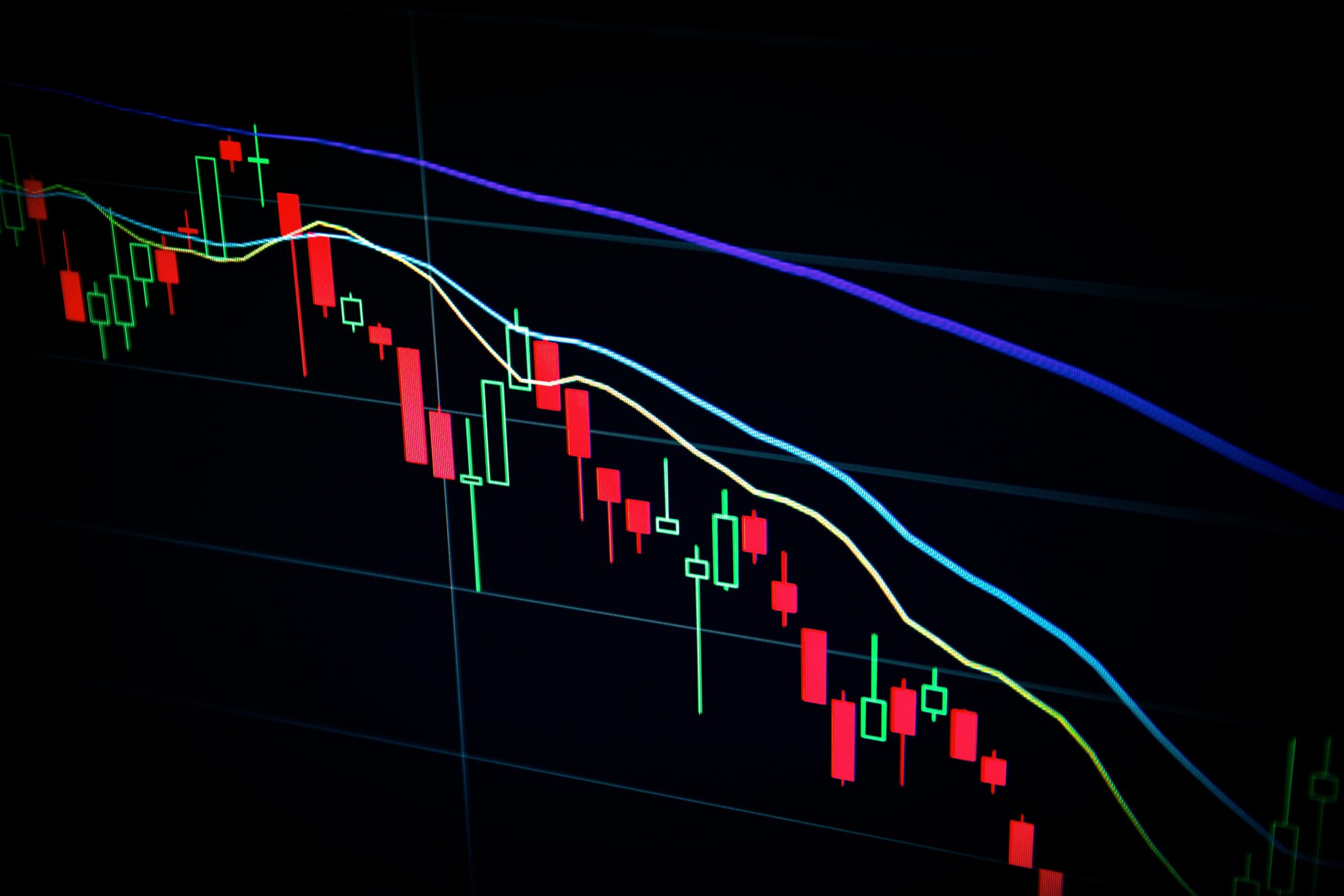History Favors the Bold
Marketing During Economic Downturns
By: Kim Blaylock, VP of Account Service
Over the years, I’ve talked to many clients about marketing and advertising during less-than-ideal economic times. Unfortunately, we’ve had several over the past 20 years, including the 2001 and 2008-9 recessions, and most recently the COVID pandemic of 2020. Now with the great resignation still in effect, inflation at record levels and a recession upon us, it’s a good time to look at strategies to keep your business and brand healthy during the down times and beyond.
Stay the Course
There are many studies and data points that prove brands that continue to advertise during down times come out ahead in terms of sales and gaining market share. I know, easier said than done, as fear is a powerful decision driver. So let’s take a look at what history has shown us. A 1980 study from McGraw-Hill is often referenced in regards to staying the course, it showed brands that continued to advertise during the recession had 256% growth over their competitors that cut their spending1

More recent articles in The Post and Courier and in Forbes details multiple brands’ gains over competitors during recessions, including the Kellogg brand increasing profits by 33% and gaining market leader status during the Great Depression by doubling down on ads while rival brand Post cut back; Pizza Hut and Taco Bell’s revenue increasing 61% and 40% respectively during the 90’s recession by increasing promotional spend while McDonald’s cut back; and Amazon’s growth of 28% during the 2008-9 recession, helped by introducing the new Kindle during the recession that was positioned as an affordable way to read books.2/3
A recent analysis by Analytics Marketers4 showed that if a brand decreases or eliminates their spend while their competitor does not, their brand risks losing a significant portion of business in the short and long term. They also saw that 60% of those that increased their media investment realized a 17% growth in incremental sales. And, over half of those brands saw ROI growth in subsequent years.

Takeaway: Don’t be afraid to zig while others zag. When times are tough, be bold, fill the void your competitors leave when they cut back or pull out of the market, and reap the rewards.
Know Your Audience
Keeping current customers engaged and loyal during tough times is key, but you can also grow your base by understanding psychological motivators and by providing products and services that fit consumer needs in the moment. Identify essential “needs,” versus “treats,” “postponables” or “expendable” items to the consumer.5 The Amazon Kindle example above is a good case study on positioning as a “need.” Another example during COVID was retailers and restaurants (including our client Sonny’s BBQ) that offered toiletries and food staples for purchase during COVID, filling a great need for the basics while encouraging the customer to visit their establishment for takeout or order online from them. Our client Rosen Hotels & Resorts built an entire Virtual Toolkit for each of their Orlando meeting hotels, allowing meeting planners to “visit” Rosen from their home during COVID and view videos, images and spec sheets of their meeting venues, spas, golf course, restaurant and entertainment options, and more.
Takeaway: Identify your target audiences’ needs and behaviors during the crisis and adjust products, services and messaging accordingly.
Be sure to include brand messaging
In the Analytics Marketers analysis, brand messaging outperformed performance messaging 80% of the time and had a larger long-term impact. Product and promotion advertising offers more short-term results, so a balance of both brand and promo messages can be more impactful in the near and far term.
Takeaway: Include brand along with promotional creative to build trust, brand recognition and sales in the short and long-term.
Retool your media plan
Advertising efficiency can be increased by 35% by using multiple marketing and media channels, according to the Analytics Marketers analysis. The more channels the better for increased ROI.
As more media channels and forms of media are offered daily, the trick is to understand the most effective channels and the best mix of media, as well as measure and attribute results appropriately. For example, the study showed that 30% of paid search clicks are attributable to other marketing activities (as illustrated in the graphic below).

And that video is king as a channel that consistently performs over the long-term.

The analysis also showed the impact of upper funnel tactics on long-term performance.

Takeaway: Test media channels and mixes with appropriate attribution models in place, being sure to take advantage of the synergies of multiple media channels. Resist cutting upper funnel tactics due to cost, to reap long-term rewards.
Marketing and advertising during times of a crisis can be scary, confusing and an internal battle to keep funded (the marketing budget is usually looked to first for cuts). Luckily, we have many case studies and research from past recessions from which to learn. Continuing to maintain a presence when competitors are not, knowing your customer’s wants and needs in the moment, and retooling your media mix to ensure you are in front of the right target audience with both brand and promotional messages are key to maintaining awareness and continued business throughout the crisis and beyond.
Sources:
– https://postandcourieradvertising.com/a-history-of-successful-advertising-during-recessions/
– Analytics Partners ROI Genome Intelligence Report “The Rules of Recession Proofing,” 2022
